Designing Neo Tokyo; exploring São Paulo’s nightclubs; recasting Dutch masters; and holding up pan-African ambition in Dakar – our editors on what they’re looking forward to this month
Documenta 15
Various venues, Kassel, 18 June – 25 December
Under the artistic direction of Jakarta-based collective ruangrupa, this year’s edition of the celebrated (because it offers the promise of showing us what’s really going on in artistic practice around the world) German quinquennial, operates around the theme of lumbung, which in Indonesia refers to a communal rice barn. Collaboration, education, sustainability and community lie at the heart of the show, which features collectives from across the globe, all engaged in a process of sharing and exchanging information about collective working practices and economics. Sounds straightforward enough? It’s already causing controversy due to some of the participants’ embrace of the Boycott, Divestment and Sanctions movement – and may cause more, to the extent that it could move far away from what we conventionally expect from an exhibition (objects on walls and objects on floors) as it privileges dialogue, discourse and participation over passive spectatorship. Mark Rappolt
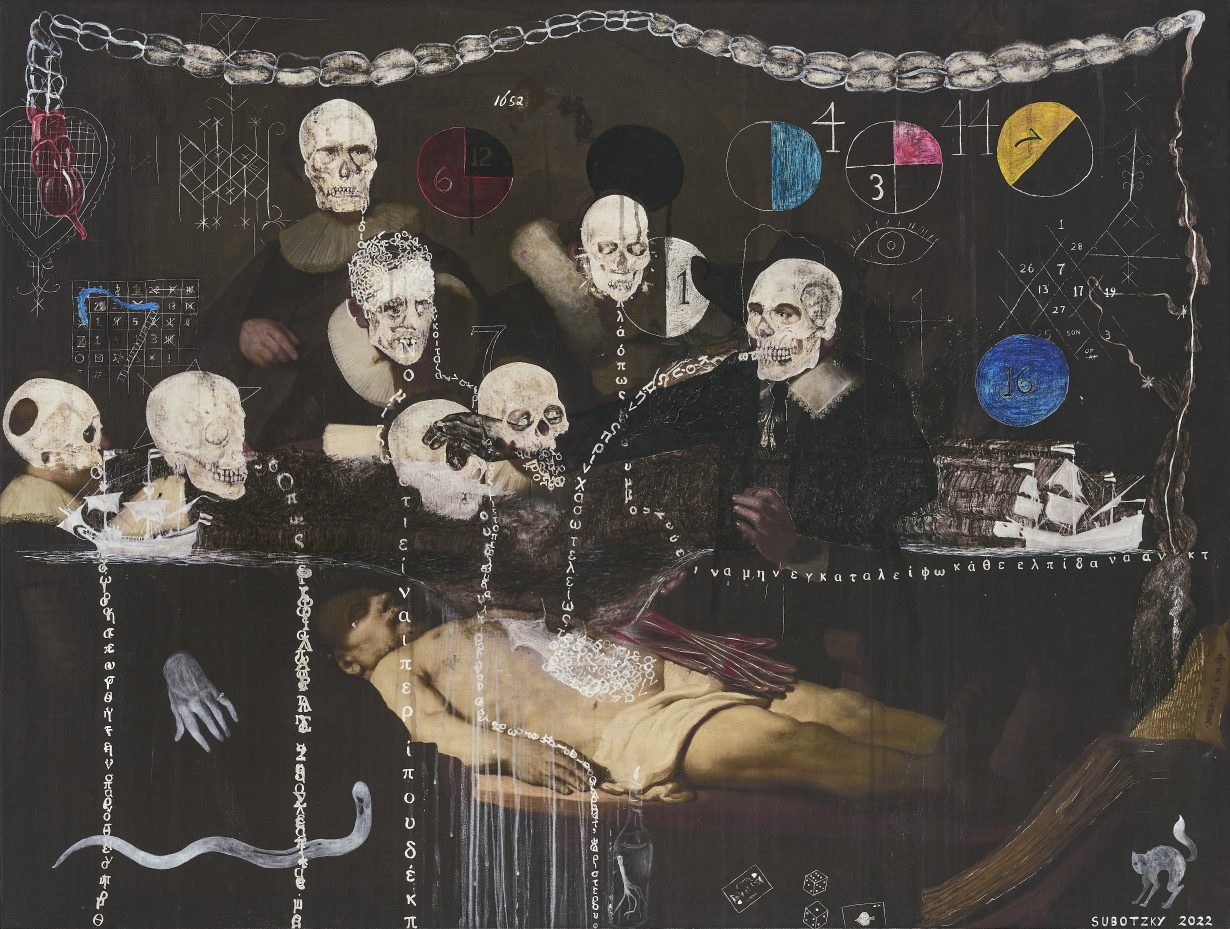
Mikhael Subotzky: Epilogue
Goodman Gallery, London, 08 Jun 2022 – 09 Jul 2022
Subotzky is perhaps best known for his Deutsche Börse Prize-winning photobook Ponte City (2014), made in collaboration with Patrick Waterhouse, in which the artists spent six years working with and documenting the residents and the architecture of the 55-storey cylindrical brutalist apartment block in Johannesburg. Built in 1975 as luxury housing for wealthy (and predominantly white) citizens, Ponte City later fell into disrepair and became a ‘prime symbol of urban decay’ and crime. The extensive project resulted in a book comprising photographs, archival material and architectural plans, and accompanied by 17 smaller booklets that included the stories and lived experiences of the building’s residents.
Continuing his focus on the politics of representation, Subotzky turns to moving image, collage and painting in his forthcoming exhibition Epilogue – featuring a new body of work that encompasses the film Epilogue: Disordered and Flatulent in which the artist attempts to unpick the implications of his own colonial inheritance. Divided into four chapters, the film takes the seventeenth-century Dutch Golden Age and its subsequent colonisation of South Africa as its starting point, from which the artist begins to interrogate his personal narrative and position as a contemporary citizen in relation to the political and social history of South Africa. Fi Churchman

14th Biennale de Dakar: Ĩ NDAFFA #
Ancien Palais de Justice and other venues, Dakar, through 21 June
What role does language play in the forging of postcolonial identity? This is one of the questions underpinning this year’s edition of the Biennale de Dakar, whose title translates as ‘Forging out of the fire’ in Serer language. Its director, art historian Dr El Hadji Malick Ndiaye, has placed endogenous languages, knowledge systems and traditions at the centre of his programme, in the hope of seeing new forms and models emerge. What shape these will take remains to be seen, but with a total of 59 participating artists and collectives from the continent and its diaspora in the main exhibition, and a string of guest-curated exhibitions and carte blanches, Ĩ NDAFFA # promises to hold up to the event’s historical pan-African ambition. Louise Darblay
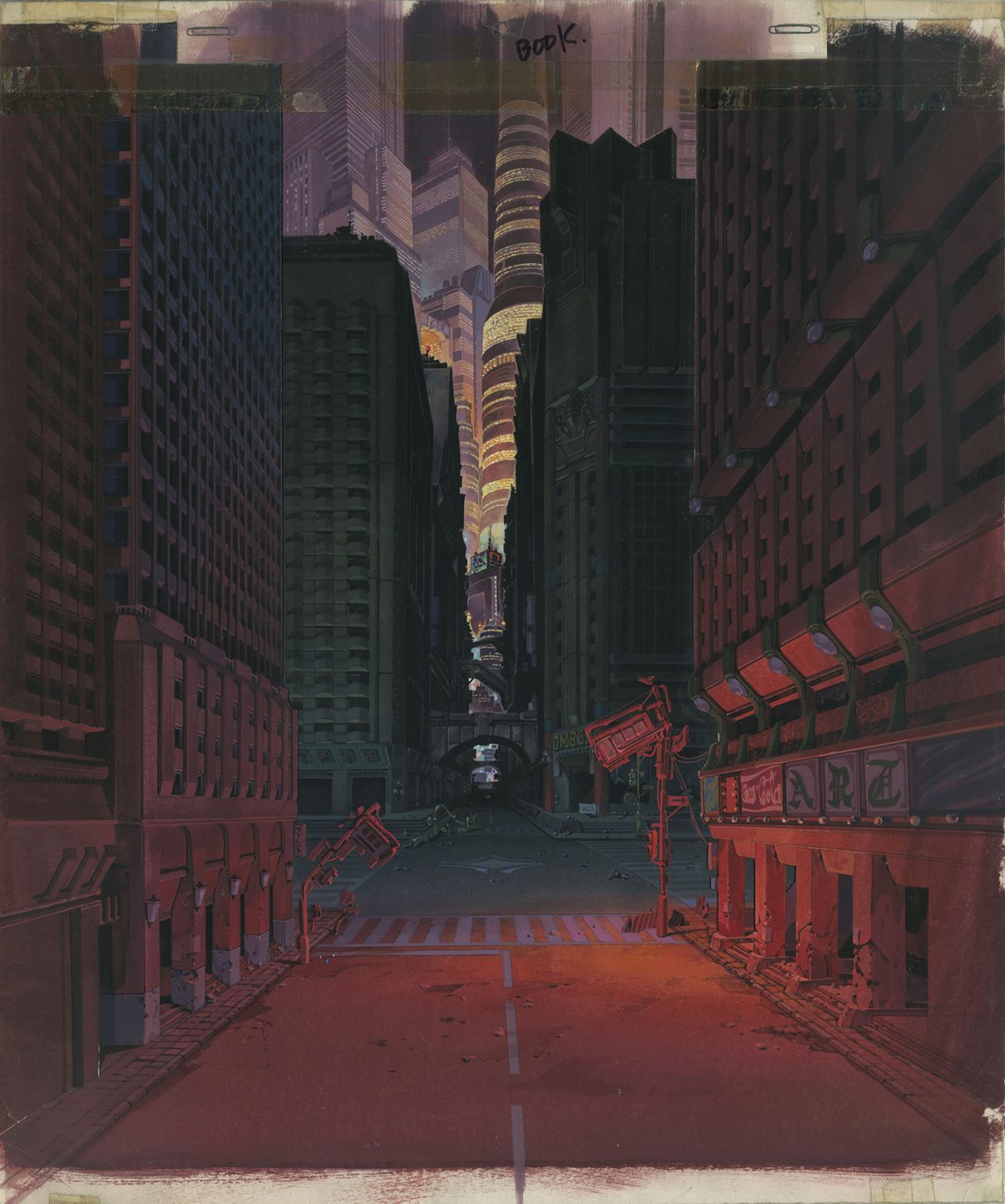
AKIRA – The Architecture of Neo Tokyo
Tchoban Foundation Museum for Architectural Drawing, Berlin, 4 June – 4 September 2022
The original production layouts and image boards for Neo Tokyo – arisen from the ashes of the old city, to form the dystopian setting of Katsuhiro Otomo’s influential 1988 cyberpunk-anime – are on display here. Art director Toshiharu Mizutani (and the many other artists who worked on conceptual designs and drawings) imagined the cityscape, from its murky streets to majestic high-rises, as a stage for darkness and neon, filled with quotations from Blade Runner (1982) and the work of Kenzō Tange. That intensive, detailed world-building is celebrated in this exhibition curated by Stefan Riekeles, Nadejda Bartels and Hiroko Myokam. En Liang Khong
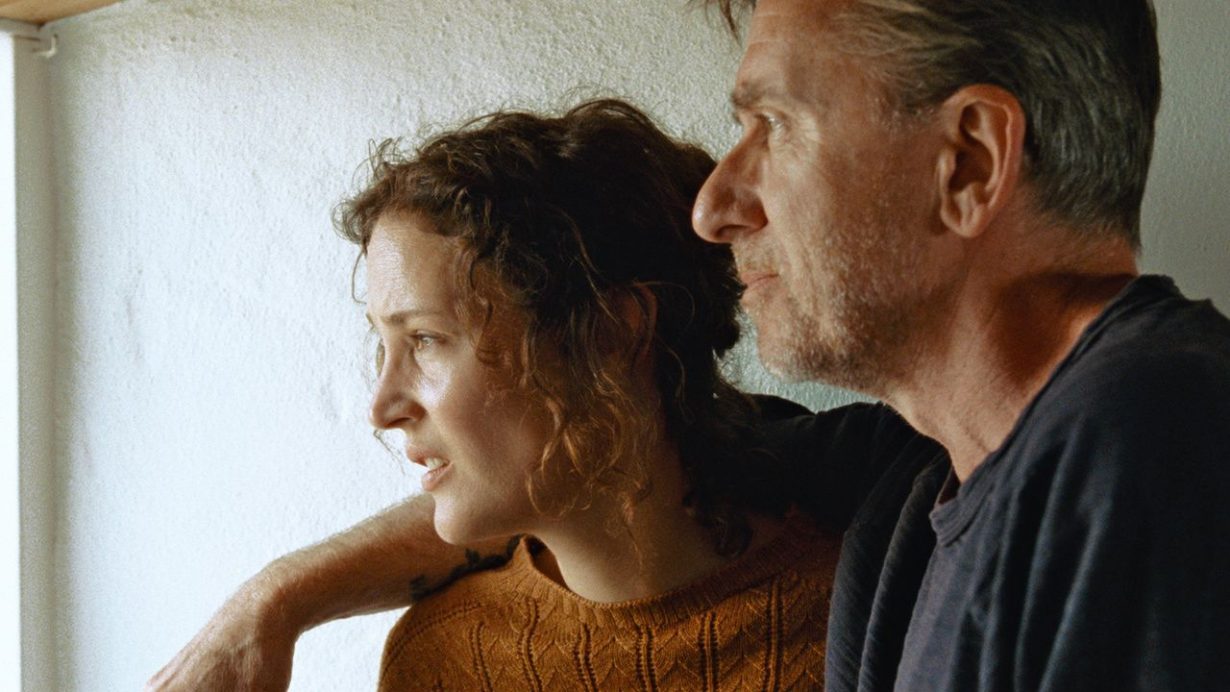
Bergman Island, 3 June
Vicky Krieps and Tim Roth star as Chris and Tony in French director Mia Hansen-Løve’s latest English-language effort, which premiered at last year’s Cannes and gets its UK release this month (streamers can watch it on MUBI from 22 July). The insiderism and self-regard of films-about-film (like art-about-artists) can be marmite for the rest of us mortals, and yet Hansen-Løve looks to lovingly poke fun at it all. A couple in search of inspiration for their own films head to the island of Fårö that frequently inspired, yes, Ingmar Bergman. They stroll around the beautiful scenery, splash about the rocky coastline (shot in indulgent 35mm film), tease each other’s writing struggles (“No one’s expecting Persona”). Krieps almost stole the show at Daniel Day-Lewis’s leaving-do, Phantom Thread (2016), and here too lends to the central pair her seemingly-effortless ability to convey wisdom – and weariness – through youthful eyes. Mia Wasikowska and Anders Danielsen Lie enact for the viewer the script Chris is currently writing, suggesting a potential in Bergman Island, honouring its namesake, for conceptually challenging results. Alexander Leissle
Juliana Frontin and Ricardo Carioba
Espaço Delirium, São Paulo, 15 June – 9 July
In Juliana Frontin’s contra-volume (2021), the artist filmed inside the empty environs of Morfeus, a São Paulo nightclub. A mounted camera is trained only on a metal packing case from which the muffled sound of a techno set emits. Ricardo Carioba’s work in light and digital projections also owes something to the aesthetics of nightclubbing, as much as it also makes reference more obviously to the twentieth-century minimalism of Dan Flavin and Daniel Buren. Declínio Orgânico for example features flashing, dilating, circles projected on the walls of a gallery bathed in disorientating blue light. What is likely to be made apparent in this two person show of new work at Delirium, is also how both artists are interested in the question of confinement and dispersal. Like clubbers given the parameters of a dancefloor to fill, through a series of interventions the artists will take the architecture of the apartment gallery as both material and subject. Oliver Basciano

Peter Fischli, David Weiss: Airports and Cars
Galerie Eva Presenhuber, Zurich, 11 June – 30 July
Over a partnership spanning three decades Swiss artists Peter Fischli and David Weiss made a habit of finding the extraordinary in the ordinary. Or, more simply, of celebrating the ordinary. Case in point, between 1987 and 2012 they produced a series of photographs of the banal operations of airports – aeroplanes taxiing, loading, unloading, or parked at gates, with uniformed workers hanging around chatting or lifting. Portraits of the hubs that make the globalised world function and scenes that normally pass us by. Generally leaving the viewer wondering about whether it’s everything or nothing that’s important in life. Mark Rappolt
Sun & Sea
The Albany, Deptford, London, 23 June – 10 July
This will be the UK premiere of the critically-acclaimed opera, which, since winning the Golden Lion at the 2017 Venice Biennale, has been touring internationally. Created by Lina Lapelytė, Vaiva Grainytė and Rugilė Barzdžiukaitė and presented here as part of the Lewisham London Borough of Culture celebrations, Sun & Sea is a poetic rumination on the cognitive dissonance experienced at living your life in the face of impending ecological catastrophe: while sunbathing on an artificial beach setting, holidaymakers successively sing out their own preoccupations (with work, family, love, sex) remaining, like most of us, deliberately oblivious to the ominous signs of climate collapse that surround them. Pleasure and disaster unfolding all at once; and indeed, why focus on the latter when they can have the former? Louise Darblay
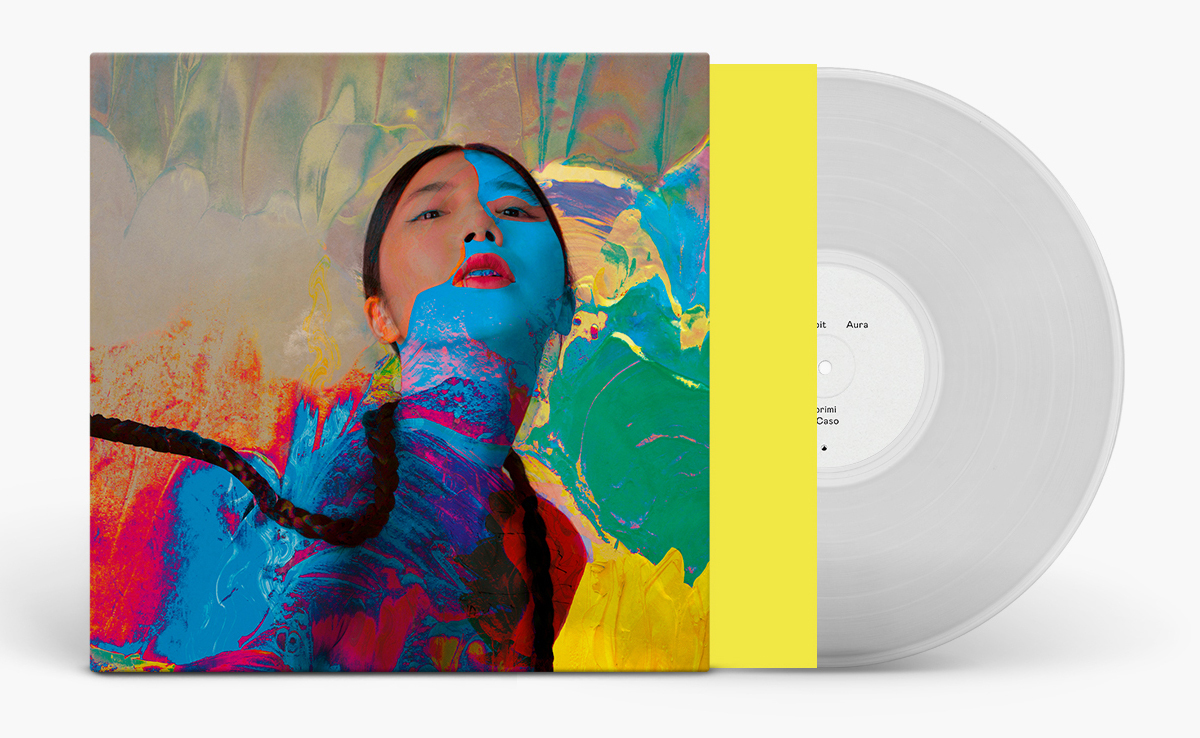
Aura by Hatis Noit, Erased Tapes, 24 June
According to Erased Tapes’ description of Hatis Noit, the Shiretoko-born Japanese vocal artist’s style moves between Gagaku (a historical form of Japanese classical music, inspired in part by native folklore and poetry), opera, Bulgarian and Gregorian chanting, pop and electronic. But you needn’t know too much about those influences because the combination, while seemingly eccentric, makes for uniquely experimental tracks that have a way of slipping listeners out of their physical surroundings and into a world of eerie and ethereal vocals. While tracks like Angelus Novus in her 2015 EP Illogical Dance incorporate stuttering moments of electronic intervention, Hatis Noit’s voice pierces through like some ancient and primal call – encouraging a session of deep listening with which your senses can descend through the different tonal and rhythmic layers. A good way, in other words, to ‘switch off’ from your surroundings. Kate Hutchinson for The Guardian has previously compared Hatis Noit with the likes of Meredith Monk and Björk, and indeed such is the range of Hatis Noit’s vocalisations that Björk’s collaborators and experimental electronic music duo Matmos volunteered to edit the lead track on Illogical Dance. If you can’t wait, Aura’s title track is available to listen to now. Fi Churchman
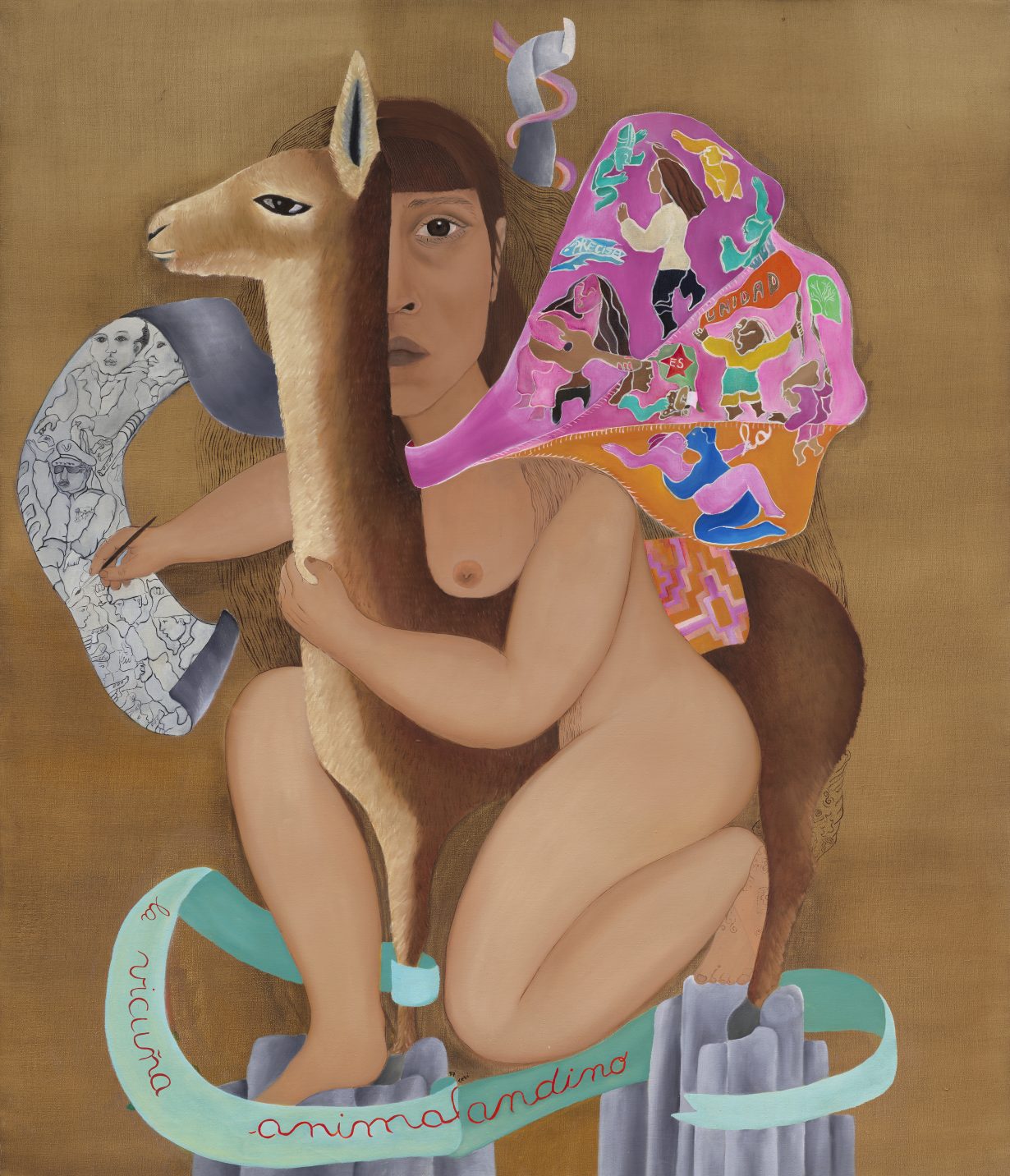
Cecilia Vicuña: Spin Spin, Triangulene
The Guggenheim Museum, New York, through 5 September
One of the highlights of this year’s Venice Biennale was undoubtedly the room dedicated to Vicuña’s works – featuring notably a series of surrealist paintings populated by women and mythical creatures, made in the 1970s while in exile after Pinochet’s military coup in her native Chile – which earned her a Golden Lion for Lifetime Achievement. The artist, poet and activist, now in her seventies, has in recent years been the subject of a belated ‘rediscovery’ by the artworld for an œuvre that has since the 1960s presciently engaged with ecology, women’s rights, exile and indigenous knowledge systems, and this Guggenheim retrospective, her first solo institutional showing in her current hometown, is another testament to this belated recognition. Here is a chance to retrace the artist’s steps: from her political actions during the 1970s as part of the radical Tribu No collective in Santiago and the Artists for Democracy movement she cofounds while in London, to her work with the feminist publication and collective Heresies Collective in 1980s New York; from her numerous visits to and collaborations with Indigenous groups across South America to the experiments in film, sound and textile they inspired, including her ongoing series of Quipu, those sprawling installations of suspended strands of knotted and unspun wool that reference an ancient Indigenous narrative and counting system abolished during colonisation. Louise Darblay
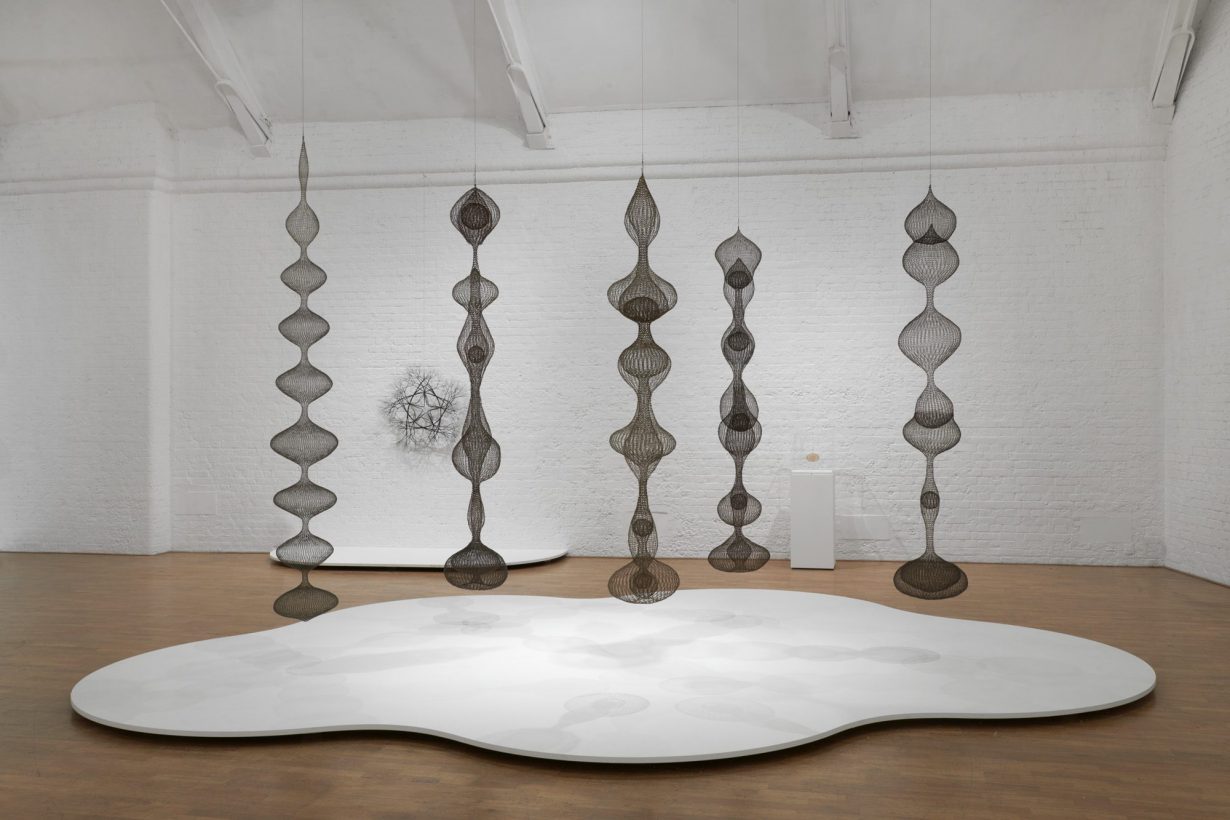
Ruth Asawa: Citizen of the Universe
Modern Art Oxford, through 21 August 2022
I loved the presentation of Asawa’s ethereal works at the Venice Biennale this year, and this (much-delayed) solo exhibition of the late artist’s wire-frame sculptures provides an opportunity to delve further into a fascinating and formidable career. Her pieces were initially inspired by the principles of Josef and Anni Albers (as well as coming under the influence of R Buckminster Fuller) – during her studies at Black Mountain College – alongside a particularly fruitful trip to Toluca, Mexico, where she learned from local wire basket weavers. In her hands, the form of this labour-intensive ‘crocheting’ becomes an intense, elegant play of tactility and transparency. En Liang Khong

Apichatpong Weerasethakul, A Conversation with The Sun
Bangkok CITYCITY Gallery, through 10 July
Sparked by the Thai auteur’s ‘contemplations of the Sun as he embarked on long walks amidst nature’, and developed in collaboration with MIT researcher Pat Pataranutaporn and visual-design studio DuckUnit, Weerasethakul’s latest exhibition centres around his own self-documentation and a series of AI-generated conversations between the reincarnated spectors of figures including Indian philosopher Jiddu Krishnamurti and artist Salvador Dali, as well, of course, as with the sun itself. The show promises to extend Weerasethakul’s engagement with the technologies of moving image and theatre in order to engage with the theme of memory as a force for shaping (or hindering) agency. Nirmala Devi

Nancy Holt / Inside Outside
Bildmuseet, Umeå, 17 June 2022 – 12 February 2023
Across video, photography, audio works, sculpture and room-sized installations, as well as drawings and documentation of her land art, Inside Outside promises to be an extensive survey of the American artist’s 50-year career. Ideas of exteriority and interiority will guide the exhibition, which places works like her monolithic Sun Tunnels (1973-76; reframed in large-format photographs by Richard Misrach) alongside Electrical Lightning (1985), a rhizomatic system of steel pipes connecting brilliant white electrical bulbs around the space, Ventilation System (1985-92), a network of industrial pipes moving throughout the gallery space, lobby and beyond to the building’s exterior, and Alaskan Pines (1986), a photoseries taking on a psychogeographic element through recurring landscapes of still, snowy horizons distorted by the dark, jagged lines of shadowy pine forests. Conscious of ecological damage (like the spilling Trans-Alaska pipeline that haunts the photoseries) and more celestial ideas of sun-alignment – echoed in the geometric shadows cast by the Museum’s glassy architecture – Holt’s work speaks to the beauty and precarity of our concrete world, and points to the spectral presence of that which lies beyond it. Alexander Leissle
